historically important schiller building proscenium vault "star-pod" joins bldg. 51 museum collection
This entry was posted on May 17 2017 by Eric
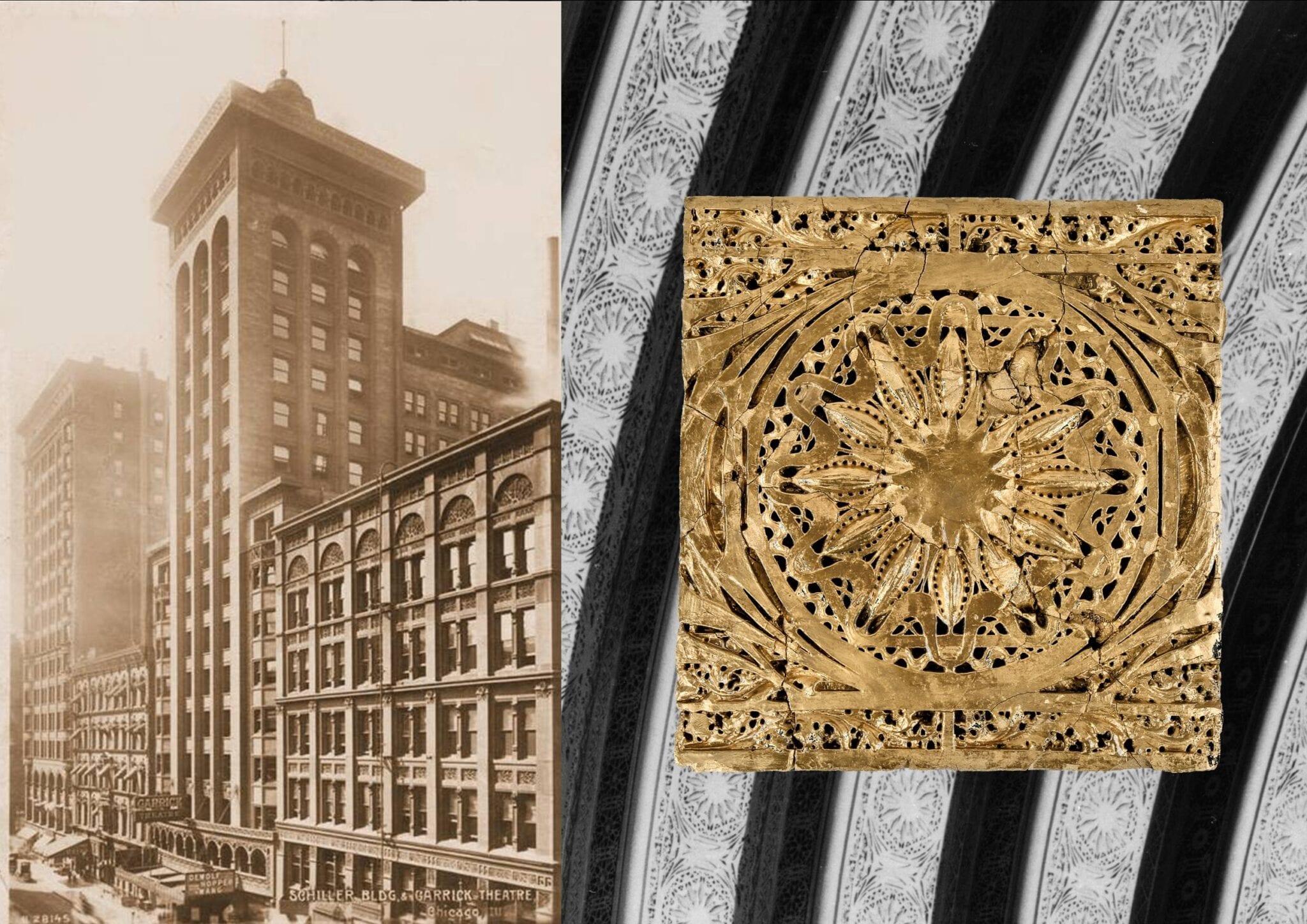
the bldg. 51 museum recently secured an original and largely intact louis sullivan-designed cast plaster proscenium vault "star-pod" panel salvaged from adler & sullivan's garrick theater auditorium during its demolition in early 1961.
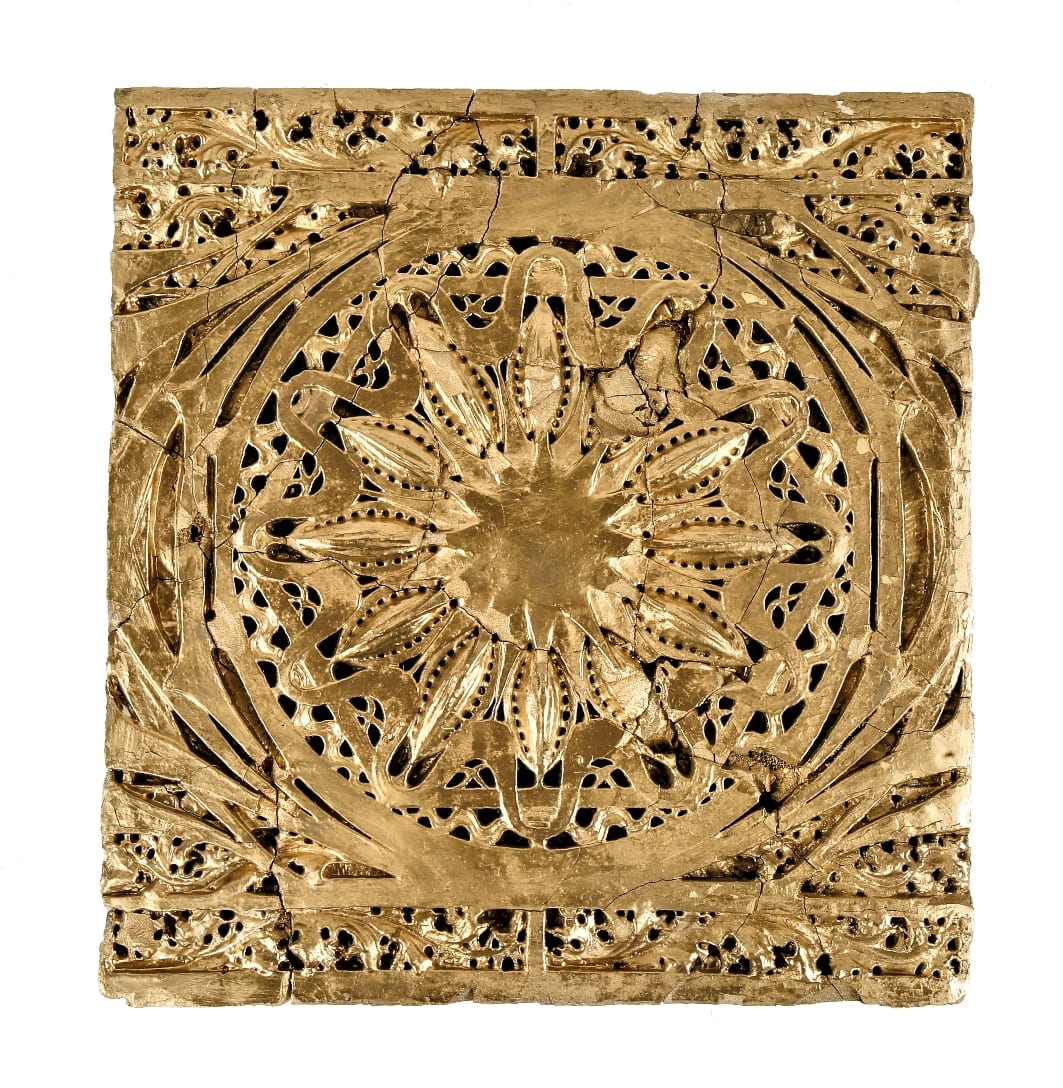
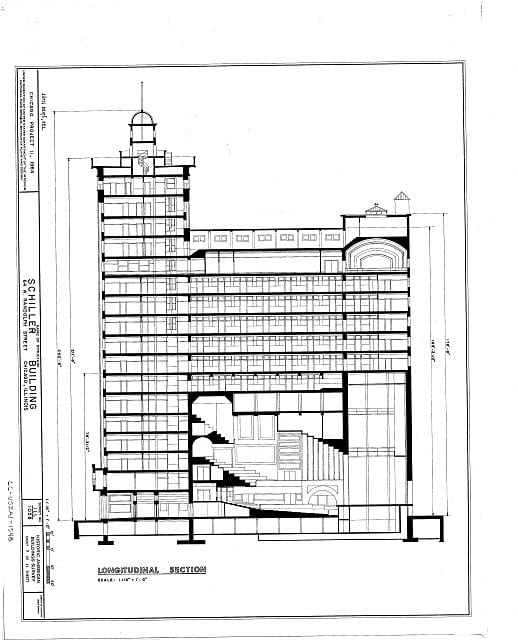
originally named the schiller theater, the building was designed by louis sullivan and dankmar adler in 1891 at 64 west randolph street. it was intended to serve german americans, and was funded by the german opera company.

at the time of construction, the schiller was one of the tallest buildings in chicago and is still widely considered one of the greatest collaborations between the two architects. the I-shaped building consisted of a 17-story tower flanked by a 9-story wing with oriel windows on either side. the exterior of the building was sheathed in buff-colored ornamental terra cotta shaped into a variety of patterns, and intertwining with lush, leafy forms. the sculptor richard bock supplied busts of famous german poets, artists and philosophers for the exterior as well.
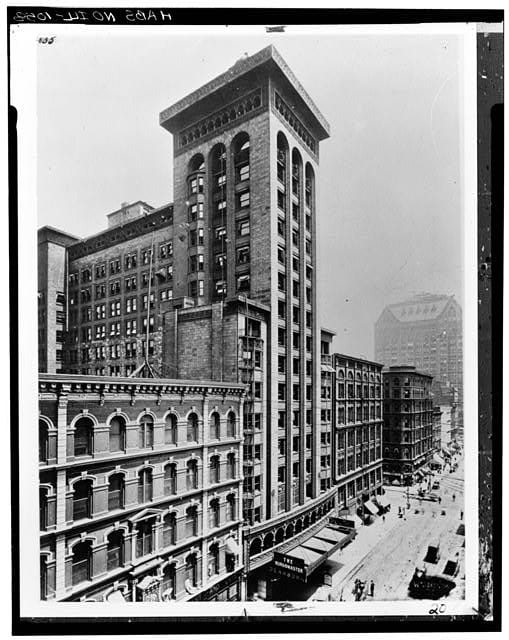
the interior of the 1,286-seat auditorium contained a series of striking vaults, that were faced in plaster panels. these featured a repeated star-pod pattern in which central, star-like shapes are surrounded by borders of intertwining vine and leaf forms. other plaster panels had interlocking or flat circles, all originally in a color scheme of salmon, green, gold, yellow, and red.
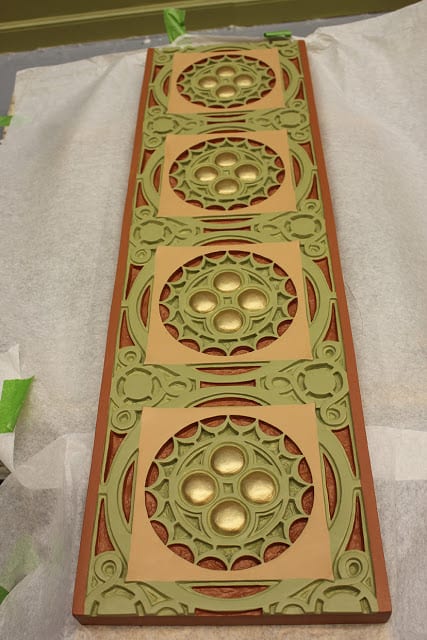
the schiller saw many iterations and inhabitants: the german investors backed out of the project near the turn of the century and from 1898-1903 the building became the dearborn theater, showing vaudeville or touring stage shows. five years later its name was finally changed to the garrick theater under new ownership. between 1910 and 1950, the garrick building was leased, subleased, sold and put into receivership six times, but remained, nonetheless, a popular stop on the vaudeville circuit. simultaneously, and in symbiotic fashion, the early twentieth century saw the stretch of randolph street between state and clark streets become a national center for popular sheet-music publishers; filling the garrick and neighboring office buildings, they sold their new material to traveling vaudevillians. in 1950, the theater was closed and converted into a television studio. seven years later, it was sold to balaban and katz, who reopened the building as a movie theater. eventually balaban and katz no longer considered the architectural gem commercially viable, and made a deal to wreck the building and redevelop it, tragically, as a parking structure. the garrick was razed in early 1961, but the demolition was a clinching point of the preservation movement in chicago, instigating a major outcry from the public and becoming an important salvage for richard nickel and his associates.
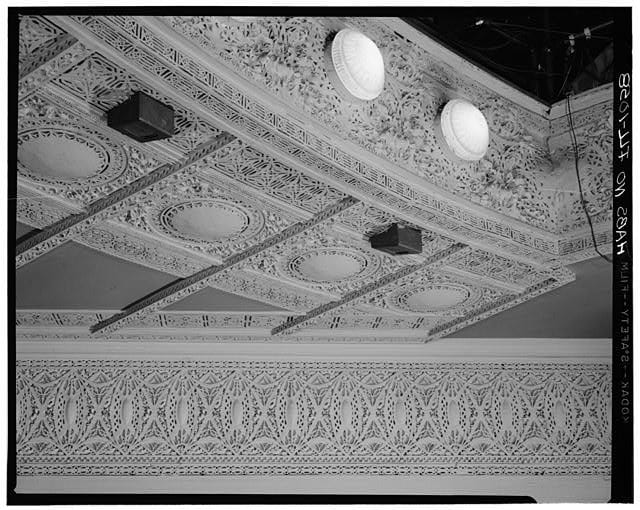
corroborated by historian tim samuelson, the only people allowed on the wrecking site were the authorized team of richard nickel, john vinci, david norris, and charlie gregerson. thus, the pieces acquired by urban remains unilaterally lead back to their efforts. this star-pod was saved and likely handled by nickel himself. the entire team had been hired under the sponsorship of the world book encyclopedia and the municipal reference library of chicago to salvage materials specifically for distribution to interested museums and public institutions. the scene that is painted is a surreal one: fragments of the building were all laid-out at navy pier for curators and qualified buyers to select what they wanted for their respective institutions. without a great deal of time or interest, many ended up in private hands while some were thrown away or dumped (likely even in lake michigan).

according to a publication on nickel's preservation efforts, documenting the garrick theater was exceptionally time consuming and laborious. he even apparently worked around being denied access to the gallery of the theater by climbing into a fourth floor door via the roof of the neighboring greyhound terminal.
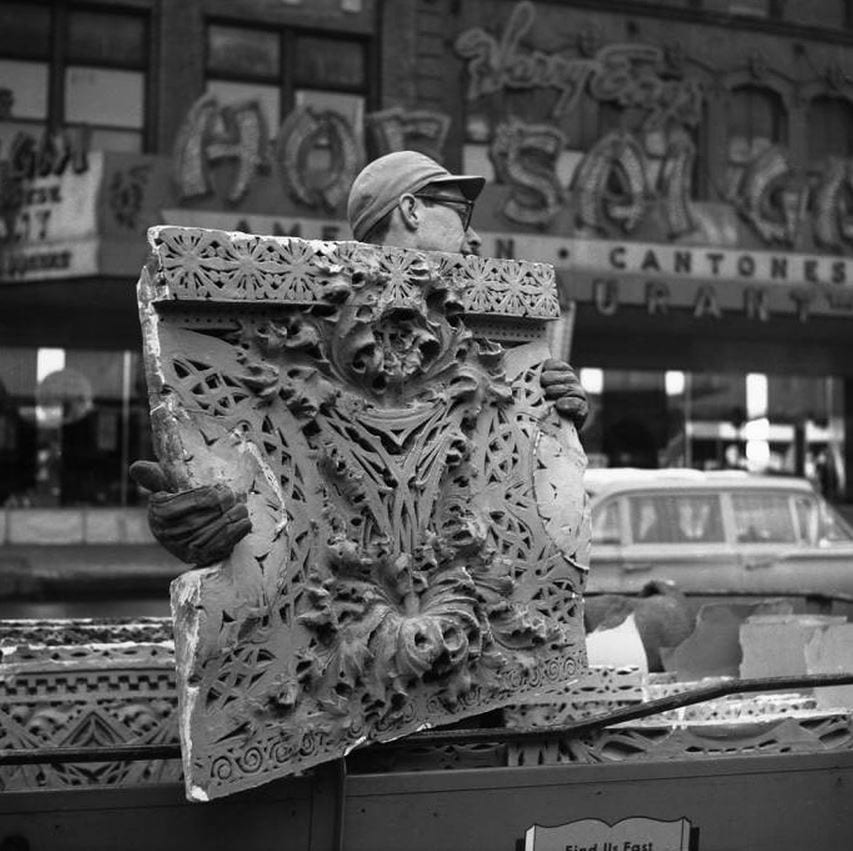
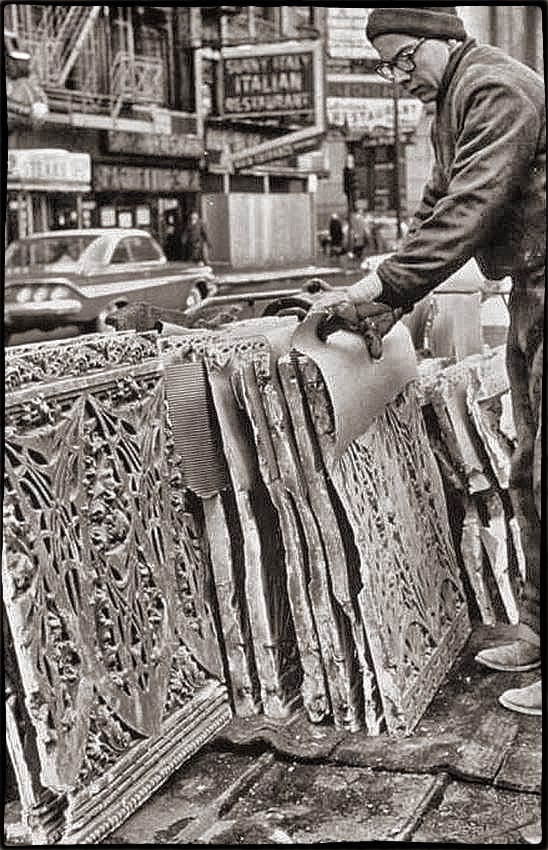
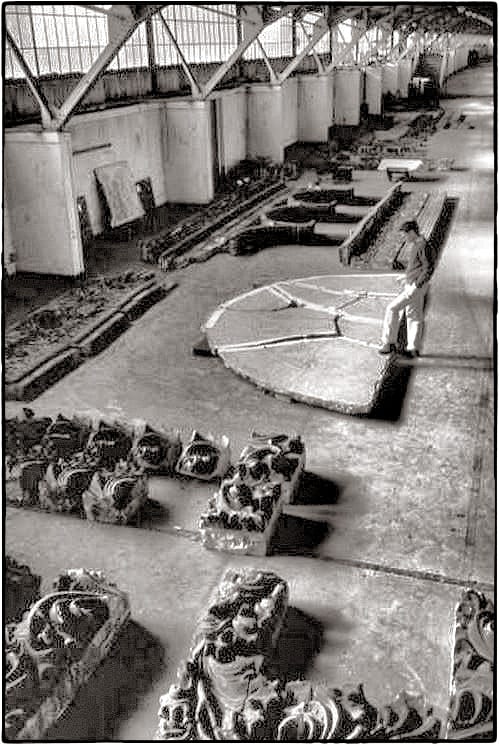
in the end nickel and the rest of his team salvaged hundreds of artifacts and ornaments, and recorded extensive notes, diagrams and photographs of the structure. nickel's photographs specifically helped to record and elevate the building for posterity, rendering in black and white the sullivan-designed plaster work that had been garishly painted, thus reorienting attention to the form.
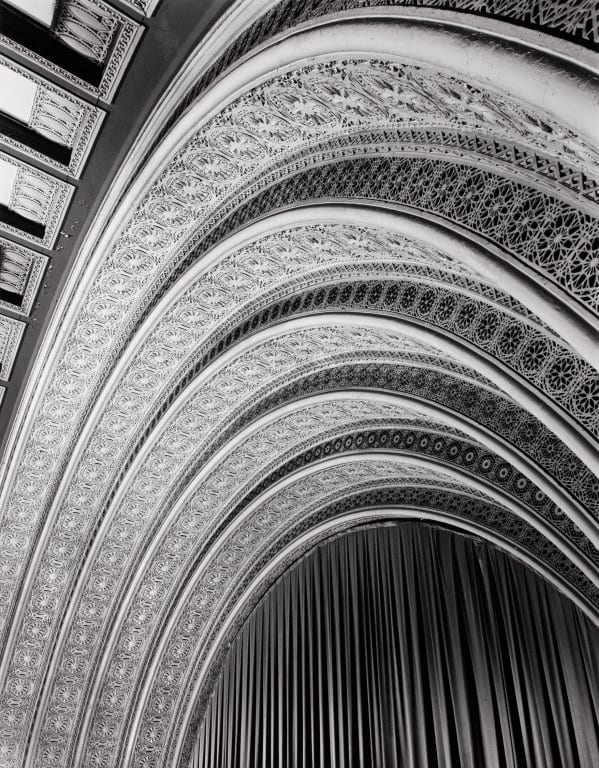
nickel passionately attempted a campaign to save the garrick, plying philanthropists to join his effort and soliciting letters from various public figures. a month before the demolition was to occur, telegrams and letters of protest poured into the mayor's office, including from the likes of frank lloyd wright's widow, le corbusier, arthur drexler (the director of architecture and design at the new york moma), lewis mumford, and more. a lengthy court battle, picketing, and nickel's grassroots effort did not prevent the garrick from being turned to rubble. alternately, it did bring great attention to the vulnerable status of extant sullivan buildings, and mobilized the preservation movement.
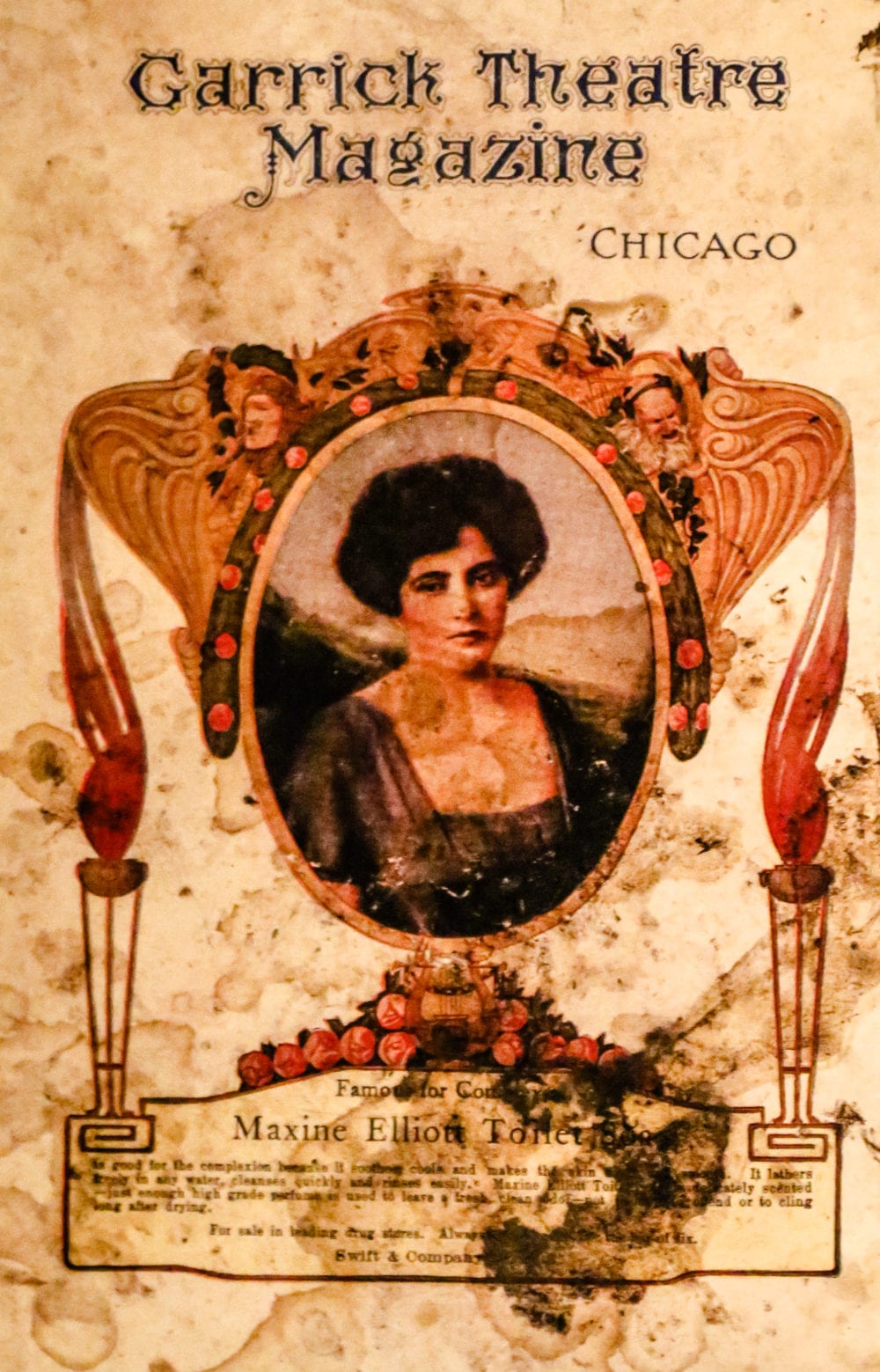
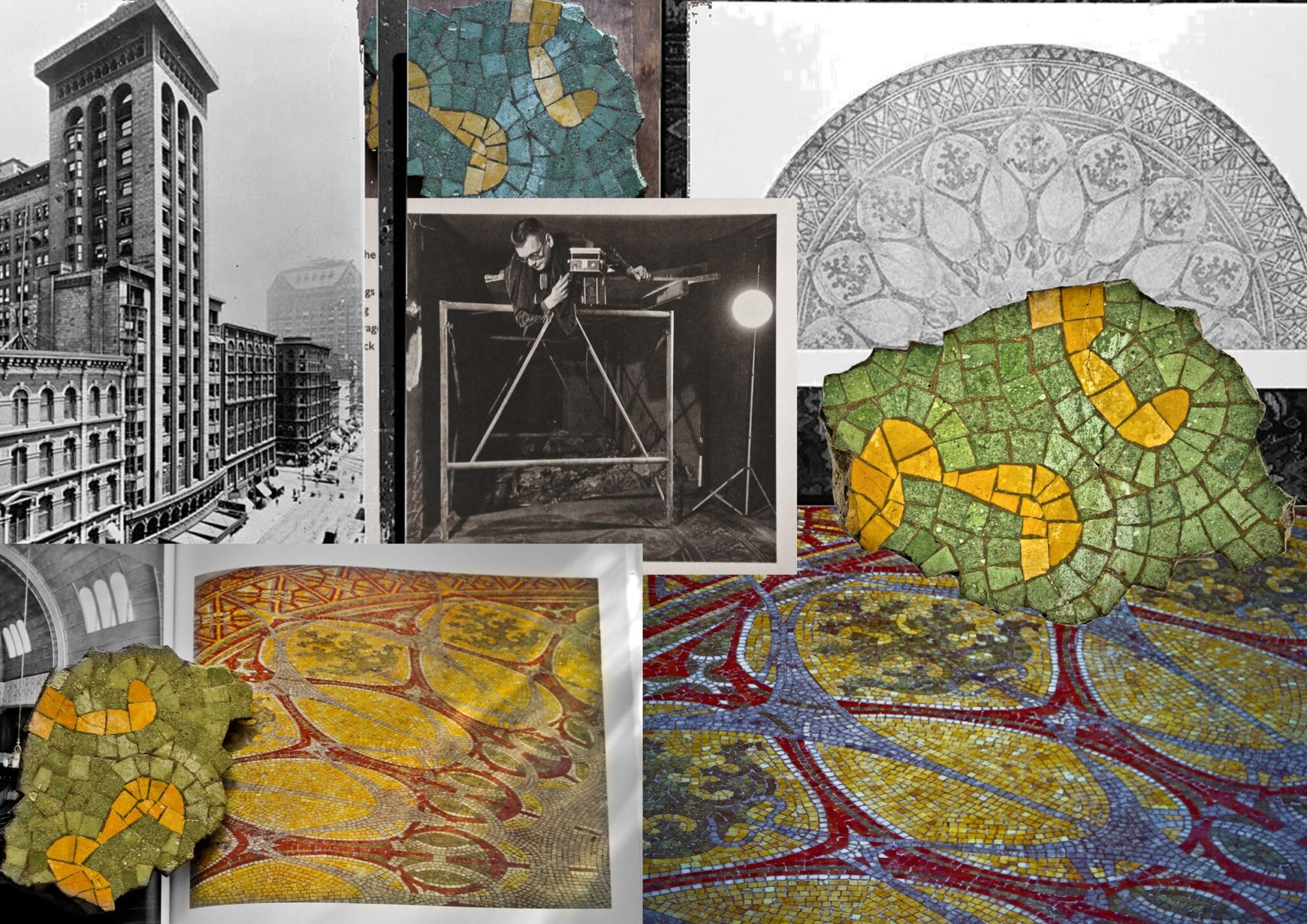
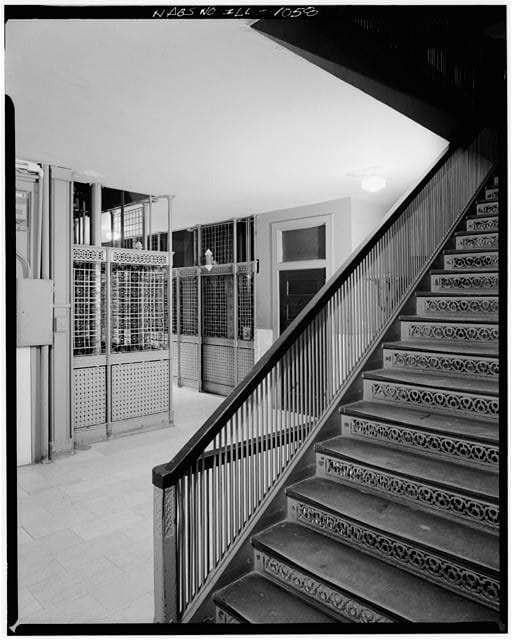
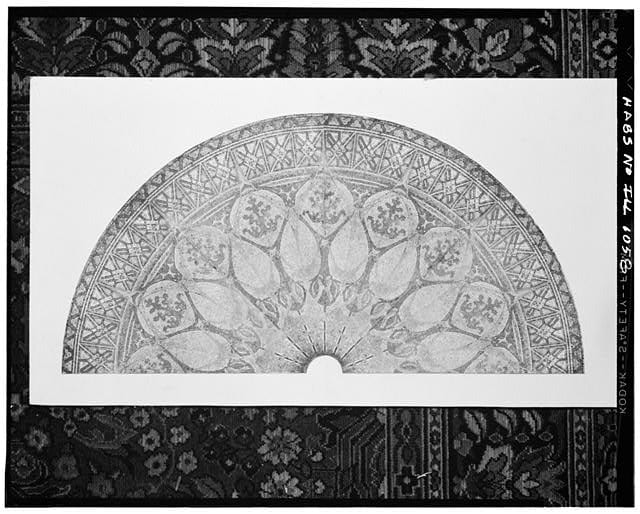
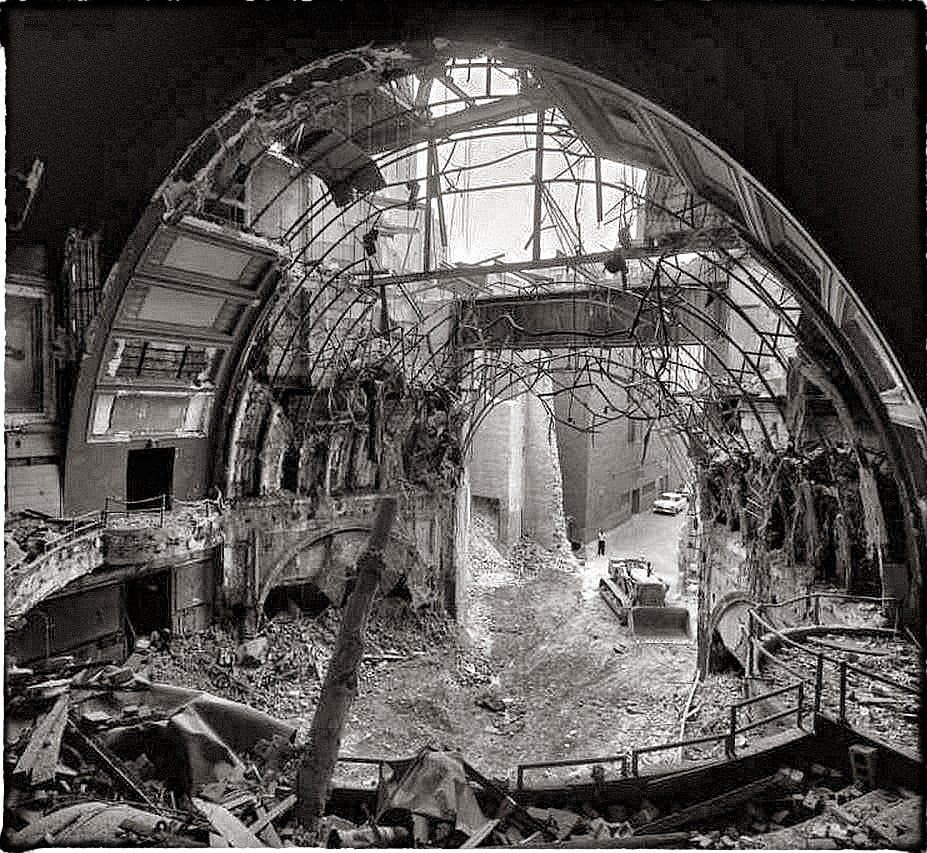
additional fragments of ornamental plasterwork - now contained in the bldg. 51 museum collection - comprise three or four different patterns, and are significant for offering clues as to the overall design, as well as original color scheme used. after the salvage, most of the pieces that were selected by curators and museums were large, picturesque items. these smaller fragments were largely ignored. interestingly enough, frank lloyd wright--then a little known draftsman in the firm-- detailed many of the plaster pieces and is known to have even left a noticeable design signature on some. the star-pod panel, border fragments, and perforated proscenium grilles have been thoroughly documented and archived, and made available in the bldg. 51 museum's virtual catalog.
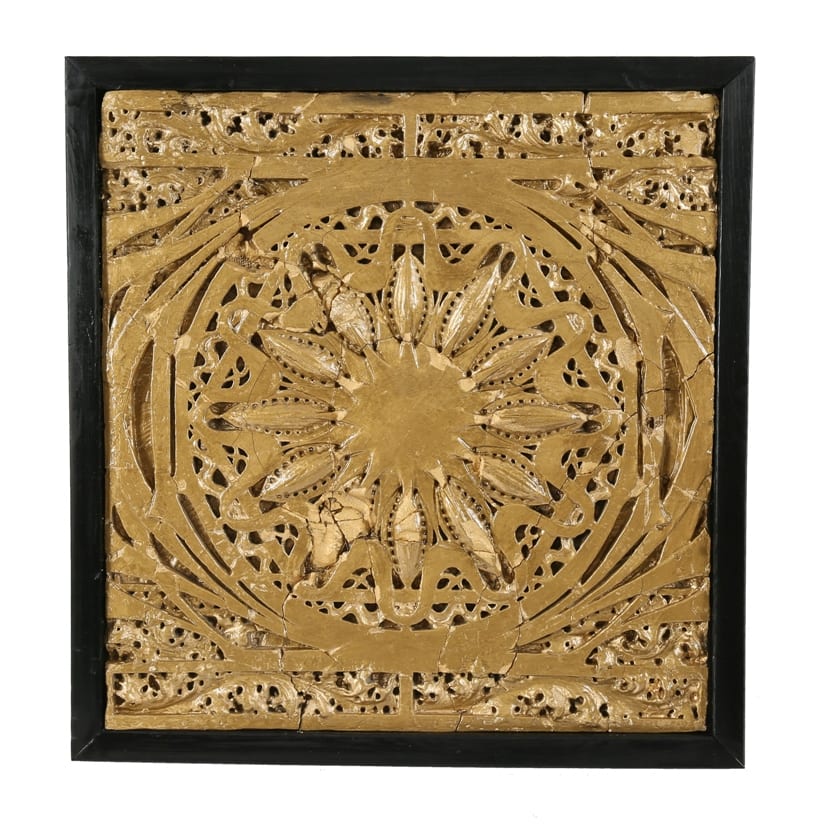
side note: any and all garrick theater fragments, along with several other museum artifacts collected over the past two years, will be added to the second edition of the bldg. 51 museum book due out in 2018.
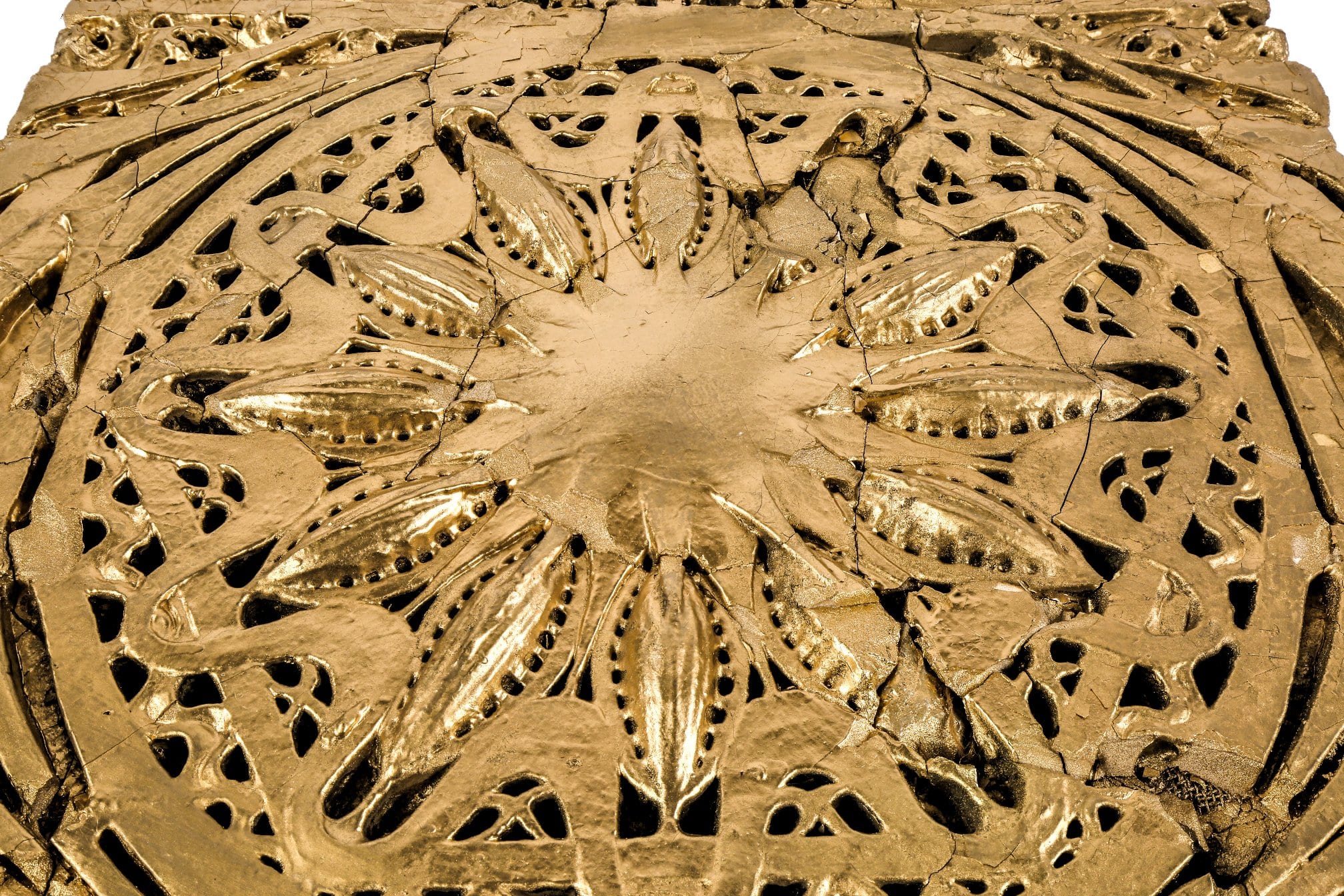
This entry was posted in , Miscellaneous, Bldg. 51, New Products, Events & Announcements, New Acquisitions, Featured Posts & Bldg. 51 Feed on May 17 2017 by Eric
WORDLWIDE SHIPPING
If required, please contact an Urban Remains sales associate.
NEW PRODUCTS DAILY
Check back daily as we are constantly adding new products.
PREMIUM SUPPORT
We're here to help answer any question. Contact us anytime!
SALES & PROMOTIONS
Join our newsletter to get the latest information
























